In an exclusive in-person interaction with TheCSRUniverse, Professor Bistra Dilkina, Associate Professor of Computer Science at the University of Southern California and Co-Director of the USC Center for AI in Society, shares valuable insights on AI and sustainability, and the crucial linkages between the two that can be a gamechanger for the social sector.
Scroll down to read the excerpts from the in-person interview.
Interview with Professor Bistra Dilkina, Associate Professor of Computer Science at the University of Southern California and Co-Director of the USC Center for AI in Society
Ms. Medha Gupta: Welcome to TheCSRUniverse! Thank you for joining us, Ms. Dilkina.
Prof. Bistra Dilkina: Thank you, Medha.
Ms. Medha Gupta: To kick things off, could you provide our audience with a glimpse into your work at USC, especially your endeavors in AI and sustainability?
Prof. Bistra Dilkina: Absolutely. At USC, I co-direct the USC Center for AI in Society, a unique collaboration between engineering and social work. We focus on leveraging AI for social good, addressing real-world challenges that impact vulnerable populations. In my work, I concentrate on the intersection of AI and sustainable development, exploring how AI can enhance our understanding of environmental problems and aid decision-making in areas like disaster resilience and urban planning.
The USC Center for AI is really a joint venture between engineering and social work. And so, when it was established in 2016, it was really one of the first centers focused on AI for social good.
In the center, we have a broad spectrum of themes, including sustainability and conservation, disaster and community resilience, public health and like fairness, and equity. I specifically work a lot on the intersection of AI and sustainable development. So, looking at how AI can be leveraged to solve environmental problems, biodiversity conservation problems, disaster resilience, urban planning and so on. Thus, our work is around how can we leverage AI to improve our understanding of what will happen in the future and also make decisions about investing resources where they're most needed.
Ms. Medha Gupta: That sounds incredibly impactful. Can you share some specific instances where AI has successfully bridged gaps in access across communities?
Prof. Bistra Dilkina: Certainly. One example is our collaboration with the Los Angeles Department of Water and Power. We're using AI to plan mitigation efforts for their water infrastructure, ensuring critical areas like evacuation centers and vulnerable communities are protected.
In organizations like these, mitigation efforts are always carried out with very limited resources. Having the right tools to make the most optimal decisions is really important. However, it's really hard to do, because, again, it's a large set of choices, complex dynamics, considerations about what connects to what, limited resources, varying risks across the city, and so on. The kind of AI models developed for prescriptive analytics, which focus on decision-making and resource allocation in this case, are essentially capable of searching through this vast array of choices and identifying the most optimal ones.
Thus, this kind of large-scale planning, with limited resources, is a complex challenge, and AI helps identify the most optimal solutions.
Ms. Medha Gupta: What is another example of using AI for climate and sustainable development?
Prof. Bistra Dilkina: For countries like India, AI can be instrumental in using historical data to build models predicting relocation choices of people affected by sea level rise. By combining these models with climate models on sea level rise, researchers can identify areas where climate migrants might concentrate. Understanding these patterns is crucial for planning and implementing effective mitigation strategies to manage the impact of climate migration.
An example of using AI for climate and sustainable development involves assessing the impact of sea level rise on communities. This is particularly relevant to countries with large coastal areas, such as India, due to the dramatic effects of sea level rise. Researchers have used AI to model sea level rise and its first-order effects, such as measuring how many people live in areas that would be submerged under a certain sea level rise, for instance, 1 meter.
There can different types of impact. The first-order effects of sea level rise may include the direct impact on communities living in coastal areas that would be submerged. This involves measuring the population in these areas and the implications of such submergence, which could result in millions of people needing to relocate.
Further, the second-order effects of sea level rise consider the consequences of the initial displacement, specifically where the displaced populations would move. AI was used to combine sea level rise predictions with migration models to predict relocation patterns, identifying potential convergence points for climate migrants. This approach highlighted urban areas far from coastal regions that might experience significant population increases due to climate migration, underscoring the need for mitigation efforts to prepare for this influx.
Ms. Medha Gupta: Fascinating! Now, looking beyond, how do you envision AI transforming urban planning and disaster resilience, particularly in developing economies like India?
Prof. Bistra Dilkina: AI holds immense potential in predicting and addressing various aspects, such as weather patterns, transportation, and energy consumption. In the context of developing economies, like India, the power of AI lies in its ability to utilize satellite data for disaster detection, infrastructure planning, and environmental monitoring. This inclusive approach can significantly aid in the face of climate change impacts.
The power of AI in terms of improving our ability to predict accurately the future is really important. For example, being able to predict weather storms and disasters. Being able to also predict, let's say, transportation patterns in order to improve our transportation infrastructure. We have used machine learning to predict energy consumptions by different kinds of buildings and then combine that with the climate models and climate projection to estimate what the energy footprint of buildings in urban environments will be in order to anticipate possible challenges. So, another very important part of where AI can help is using satellite data, and deep learning that is capable of processing the raw data that satellites have, in order to convert raw data to actionable information. So, we can use satellite-based AI to detect disaster damage to buildings, roads and other infrastructures, or detect wildfires from space, or detect flooding regions, etc. So, satellite-based AI, predictive models for buildings and transportation, and then AI models that help with decision making and planning will help us decide where we should allocate resources. Also, it will help us to decide where we should upgrade key infrastructures in order to make sure that they provide the best services.
Ms. Medha Gupta: True, especially considering the disproportionate impact of climate change on developing nations. Any notable insights or takeaways from COP 28, regarding the role of technology, specifically machine learning, in achieving climate pledges?
Prof. Bistra Dilkina: COP 28 emphasized the urgency of addressing carbon emissions. AI has already contributed significantly, particularly in enhancing energy sector planning for the adoption of renewable energy sources. Machine learning plays a crucial role in predicting and optimizing energy consumption, supporting the transition from fossil fuels. Additionally, AI aids climate scientists in developing faster climate models, enabling more informed policy decisions.
However, a lot of these climate models, climate science models are extremely complex and very difficult to run simulations and so on, because you have a lot of equations, they require a lot of compute. And so, people have actually been developing AI based approaches that speed up climate modeling by creating surrogates like a digital twins that use AI that are able to do this climate scenarios and climate simulations much faster.
Ms. Medha Gupta: Looking forward, what new frontiers do you anticipate in the intersection of AI and sustainability?
Prof. Bistra Dilkina: I see promising developments, especially in satellite-based AI models for sustainability. Leveraging satellite data on a global scale allows for impactful solutions in areas like deforestation monitoring, carbon stock assessment, and predicting crop yields. Moreover, AI in agriculture, from precision farming to disease detection, presents opportunities for positive change.
I also see a lot of startups developing around these themes, for example, doing monitoring from space of let's say, deforestation, or accessing carbon stocks or predicting crop yields from satellite imagery. They might basically be able to estimate given the current conditions of what we think is going to happen next. I feel there are a lot of interesting things that are happening in areas like crop yield predictions and all aspects of agriculture from, like precision agriculture, where we use AI to control very sophisticated agri-systems. For example, having an app on your phone and you take a picture of a leaf of your plant to detect whether it has a disease. So, the local farmer can react quickly.
Ms. Medha Gupta: Valuable insights indeed! As we wrap up, do you have any advice for young AI researchers in India, particularly those focusing on sustainability?
Prof. Bistra Dilkina: My advice is to consider how AI can be a force for social good. AI is a really powerful technology and you can use it for all sorts of things. You can use AI into finance, you can go into social media, and you can go into whatever you may want. So, there's a lot of space in the AI for sustainability, a lot of opportunities in terms of both startups as well as some of the big players developing divisions of the working on leveraging AI.
While AI offers diverse career paths, channeling your passion for technology into meaningful applications, such as environmental conservation or public health, can be incredibly fulfilling. The field of AI for sustainability is burgeoning, presenting opportunities for impactful contributions.
Ms. Medha Gupta: Wise words. Shifting gears a bit, the public perception of AI often hinges on trust. How can researchers shed light on the often-opaque world of AI and foster a more trusting relationship with the public?
Prof. Bistra Dilkina: Building trust requires showcasing the positive impact of AI and being transparent about how models operate.
I think we just need to put more effort in communicating and also developing the tools that make AI models more explainable and then I would say the last thing is also increasing AI literacy. It's really important for every single person to understand the basics of what's a predictive model, what's an optimization model, what are the inputs, what are the safeguards, what are the possible metrics that one can use in order to evaluate whether a system - an AI system, is good or bad.
At USC, we are developing curriculum where every single student that comes to the University will get some form of AI literacy, independent of whether they're in Social Science or Philosophy or any other discipline.
Additionally, increasing AI literacy among the public is essential for informed discussions about the technology's role and potential risks.
Ms. Medha Gupta: Absolutely, education plays a key role. Lastly, considering the underrepresentation of women in technology, especially AI, what fresh perspectives can women bring to AI research, and how can diversity positively influence the development of AI?
Prof. Bistra Dilkina: Women bring a holistic perspective to AI research, often considering broader implications and unintended consequences. I don't want to generalize because that's kind of stereotyping, even if it's a good stereotype, but women are think more about future, about family, about the impact of anything new on their communities, and so on. Thus, bringing that perspective to the products you're developing or the projects brings a lot of this external interdisciplinary perspective.
The other thing, women and other less represented voices overall, I believe that having diverse representation in the development of AI is going to be really important in order to make sure that it actually works for the benefit of society
Diverse voices, including women, are crucial in ensuring AI solutions are designed for the benefit of society. Recognizing the domino effects and complex dependencies in sustainability applications requires diverse perspectives both in terms of researchers and stakeholders.
Ms. Medha Gupta: Thank you, Ms. Dilkina, for your enlightening insights into the world of AI and sustainability. It's been a pleasure having you on TheCSRUniverse.
Prof. Bistra Dilkina: Thank you, Medha. It's been a pleasure discussing these important topics.



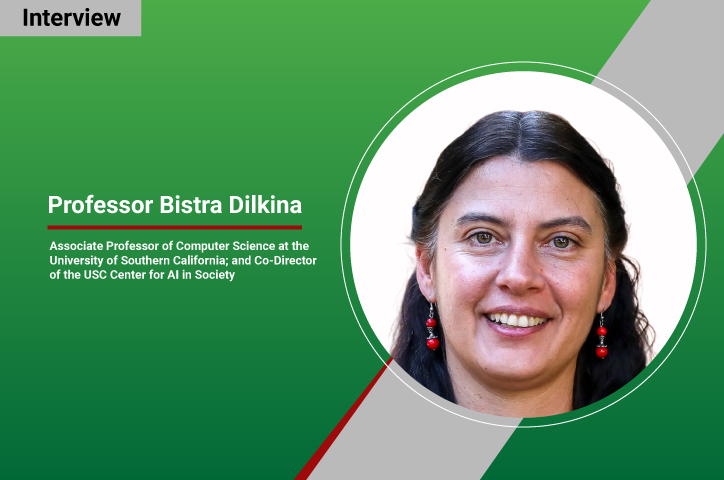

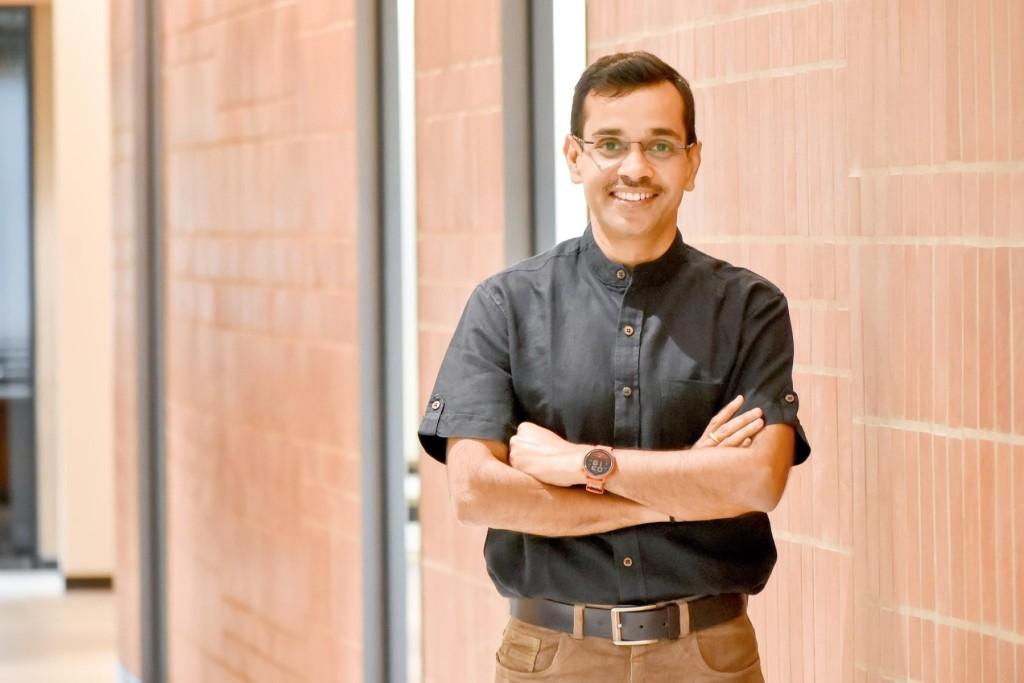

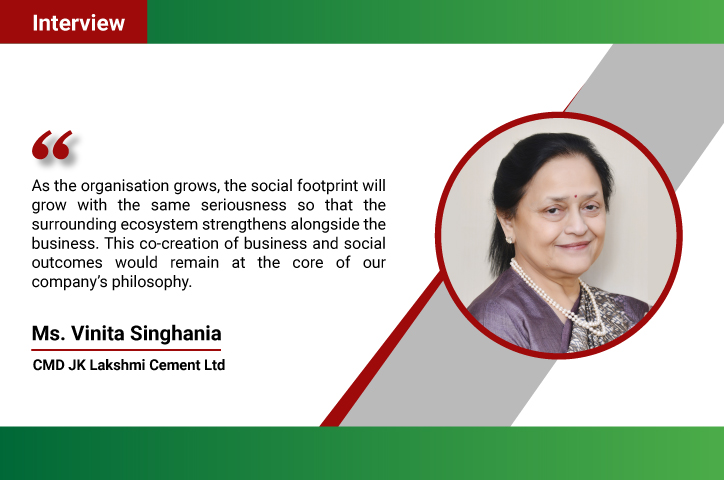
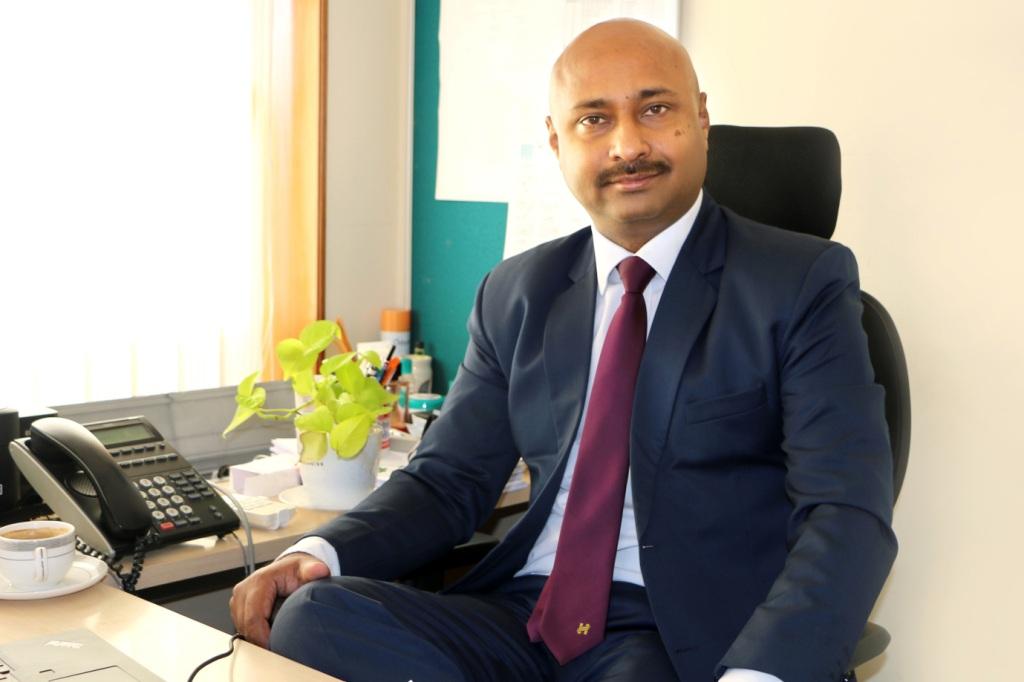
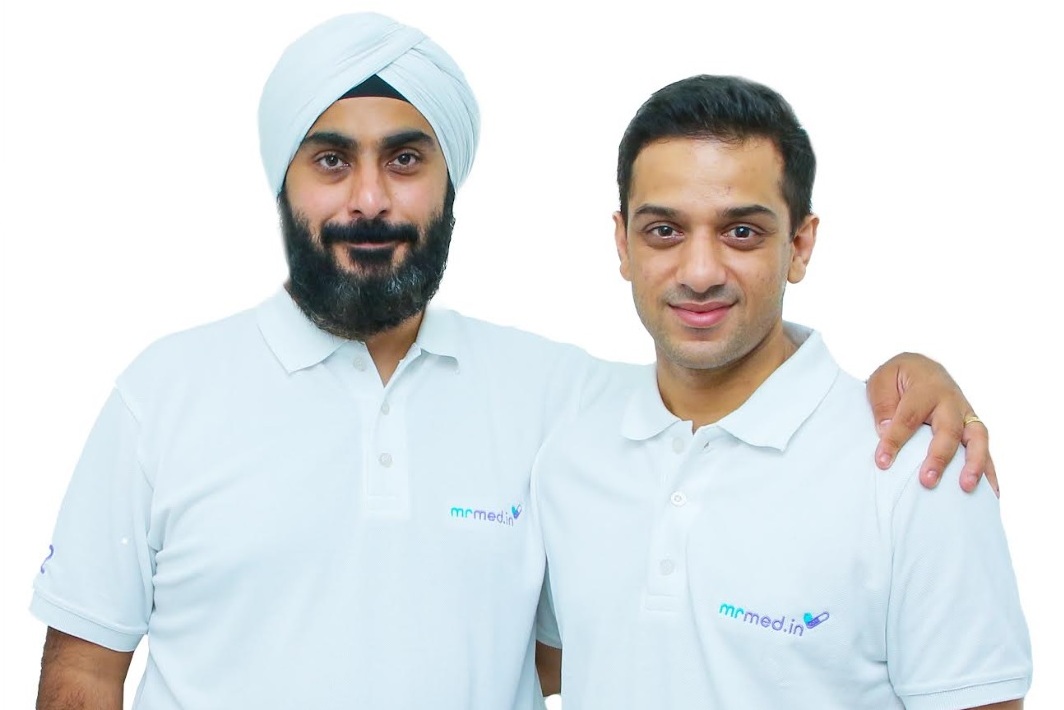
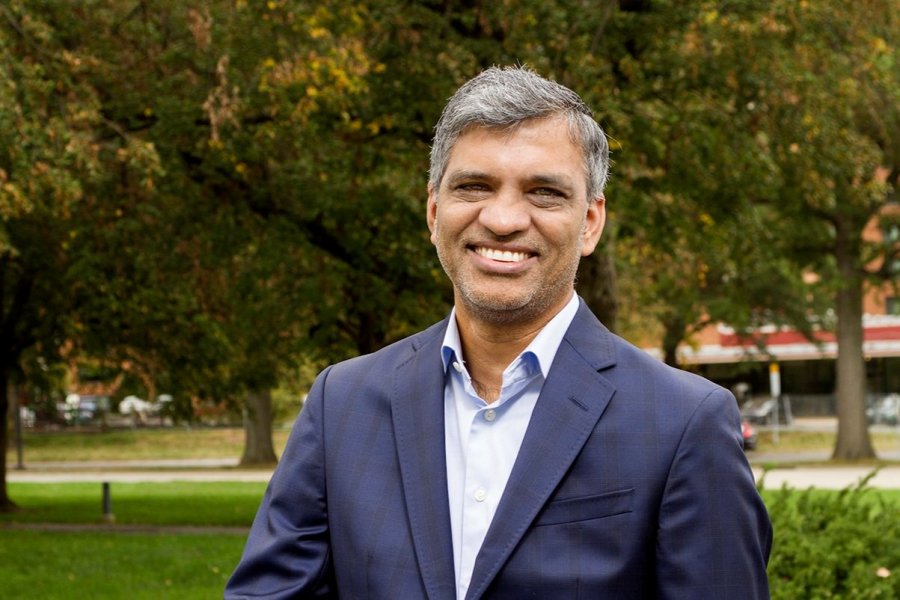



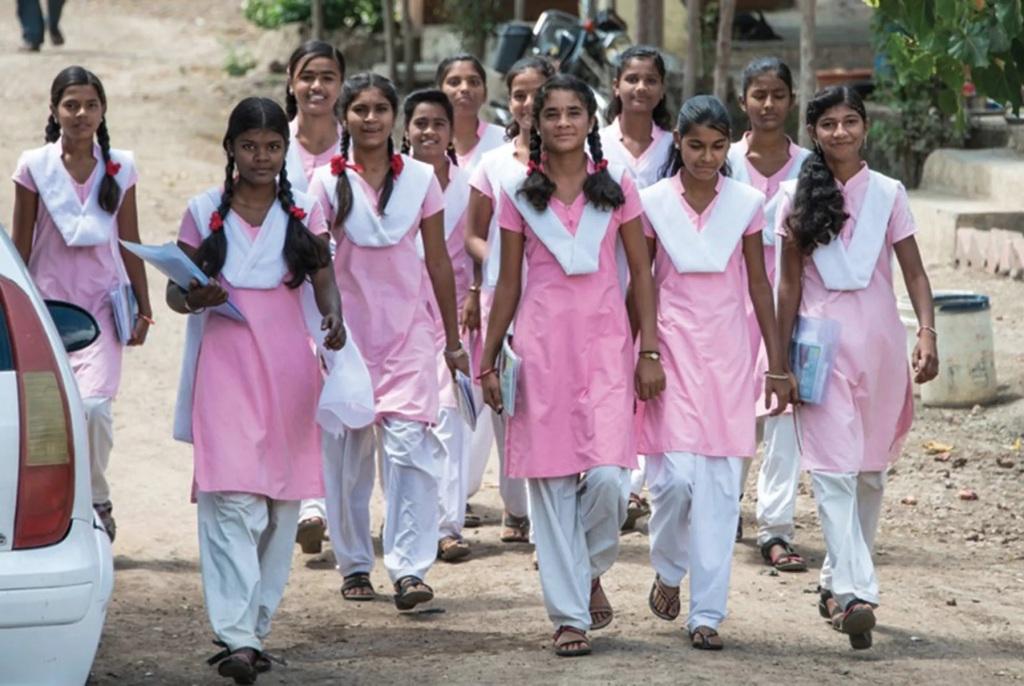

.jpg)




